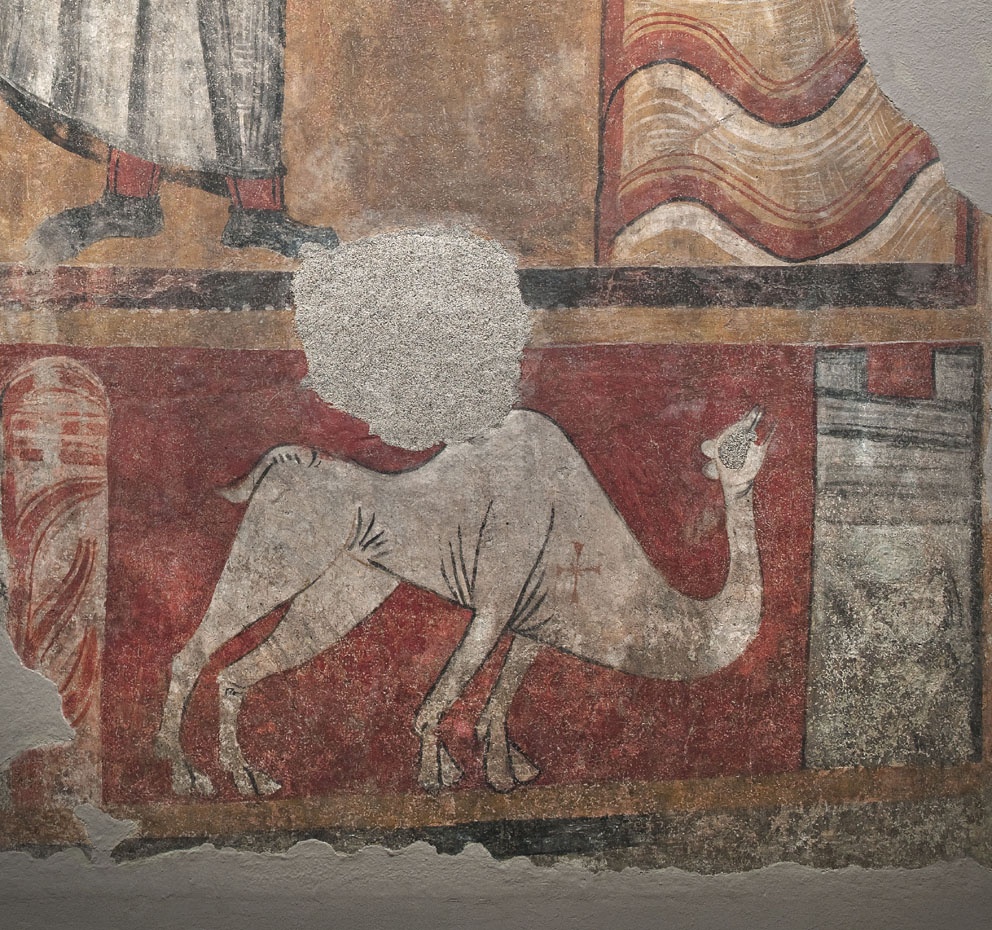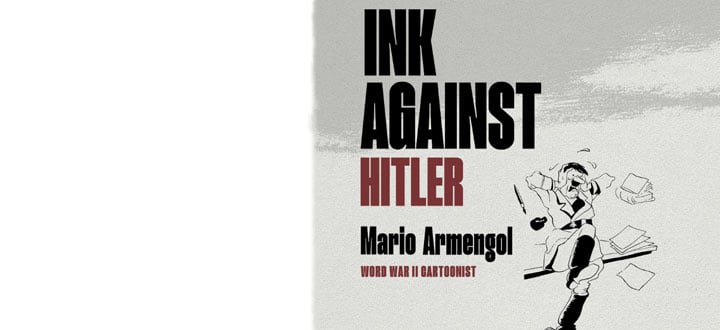The camel

The camel
Even though it isn't one of the most representative animals in Romanesque plastic art, it is one of the most known in the middle ages, because it forms part of the large caravans of traders who made their most important commercial routes of Asia and Africa. These can be seen in the mural paintings of Sant Joan de Boí. As an exotic animal it is also represented in the dwellings of the nobility, it serves for the settings of the epic poems and was sometimes offered as an imperial gift.
It is considered to be a humble animal because when it is loaded it stoops down to the ground. For this reason, during the middle ages it appears as an attribute of obedience and a symbol of humility and submission. If you notice, in the camel of Boí, it has a cross painted on its body, a reference to Christ that is humbly submitted to the will of the Father.
The paintings in this room are a good example of medieval bestiary. You can see a large number of animals, some of them real, others unreal, the result of the imaginary culture of the time: the elephant, the apocalyptic beast with seven heads, the carcoliti, the viper, the cock, the panther, etc., as the representation also is of Noah's Ark in the paintings of Sixena, at the end of the tour around the room of Romanesque art.









